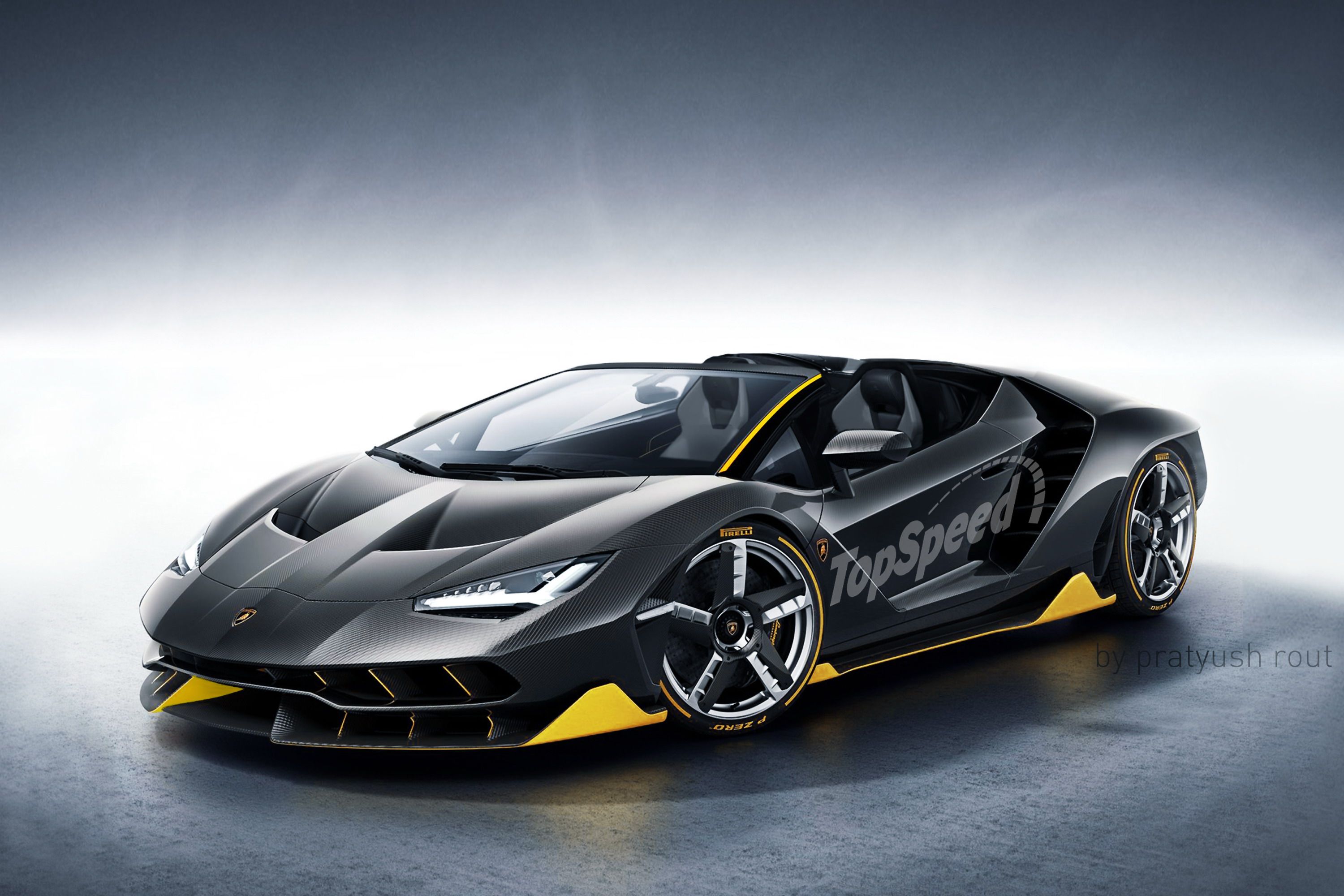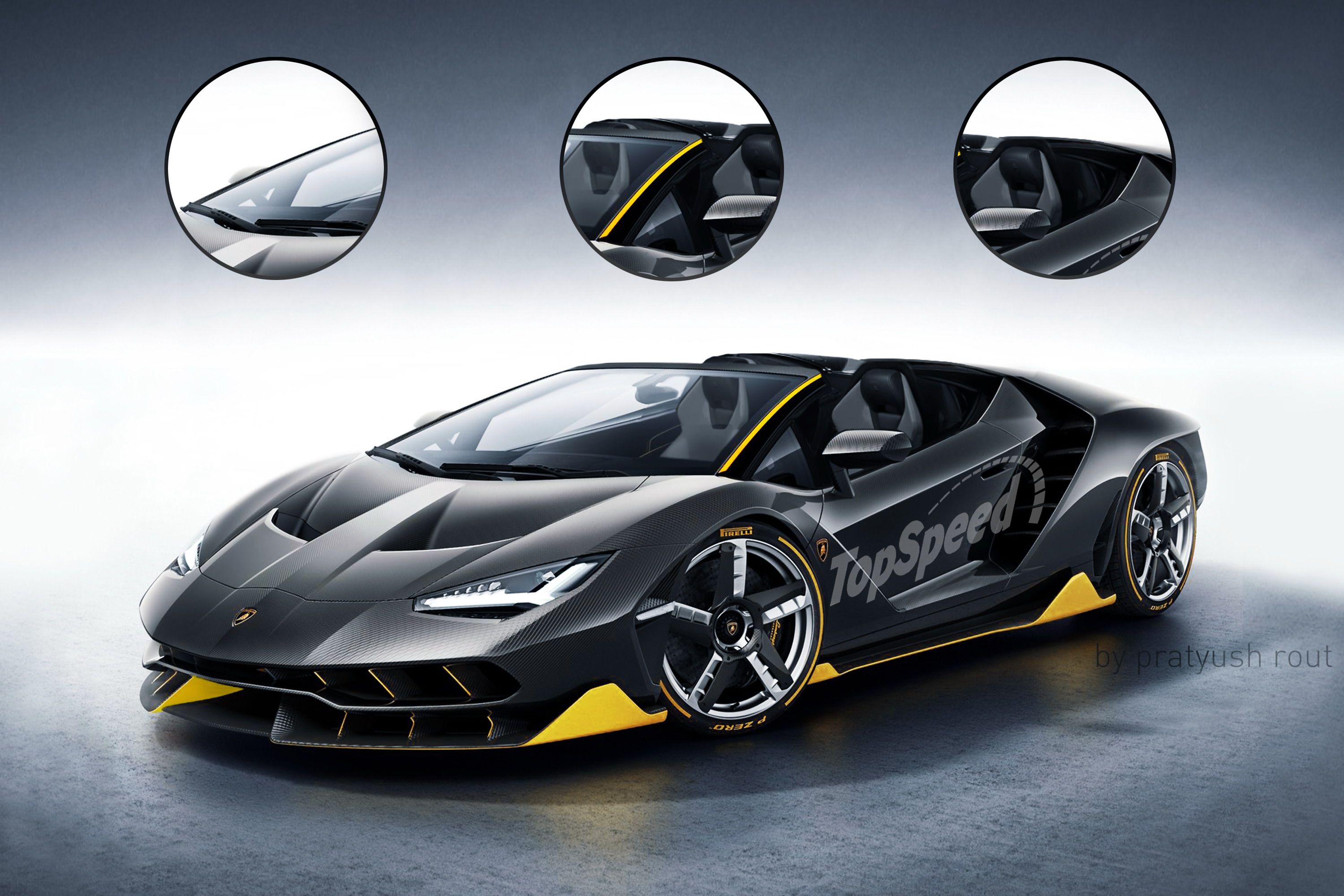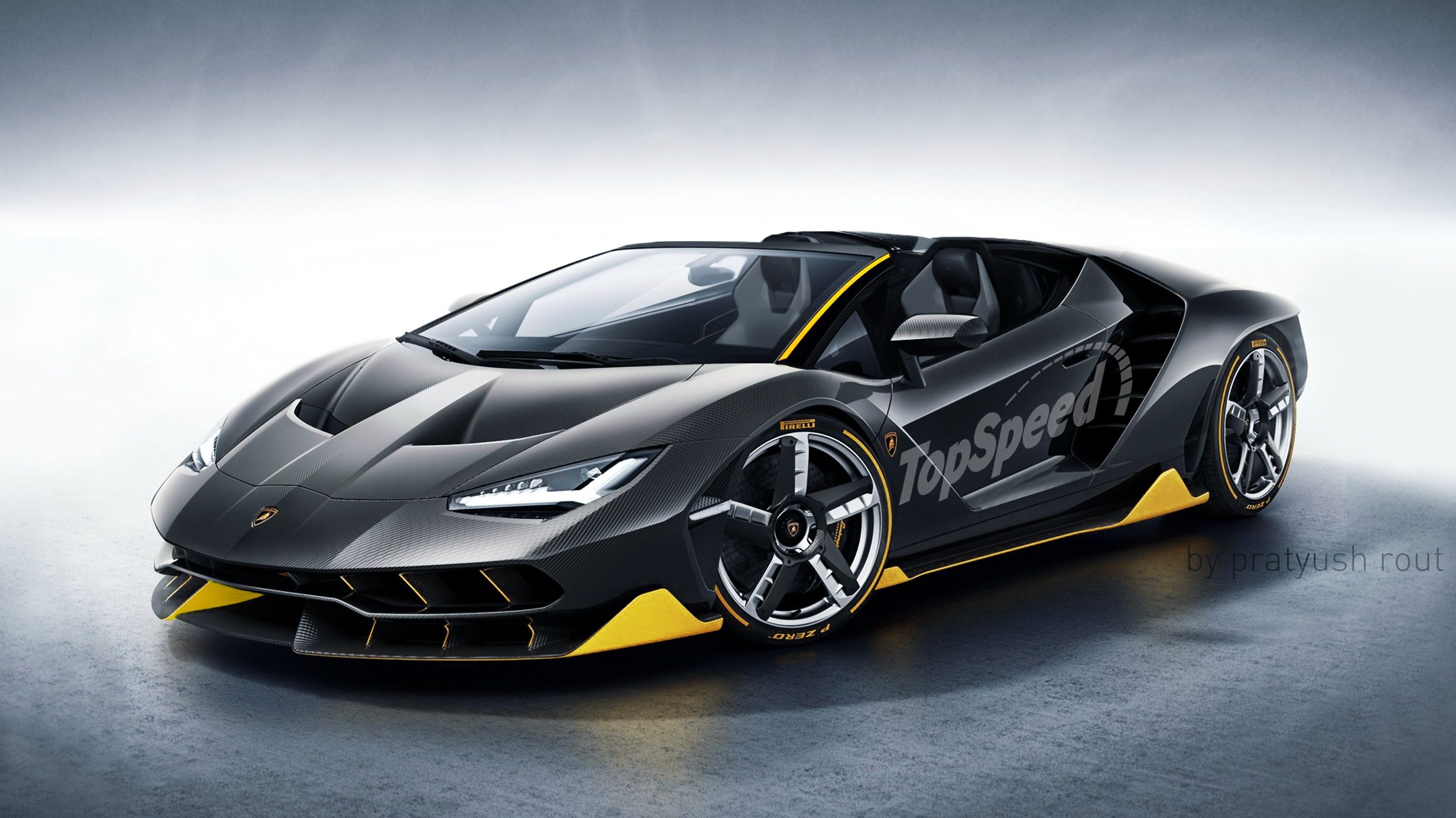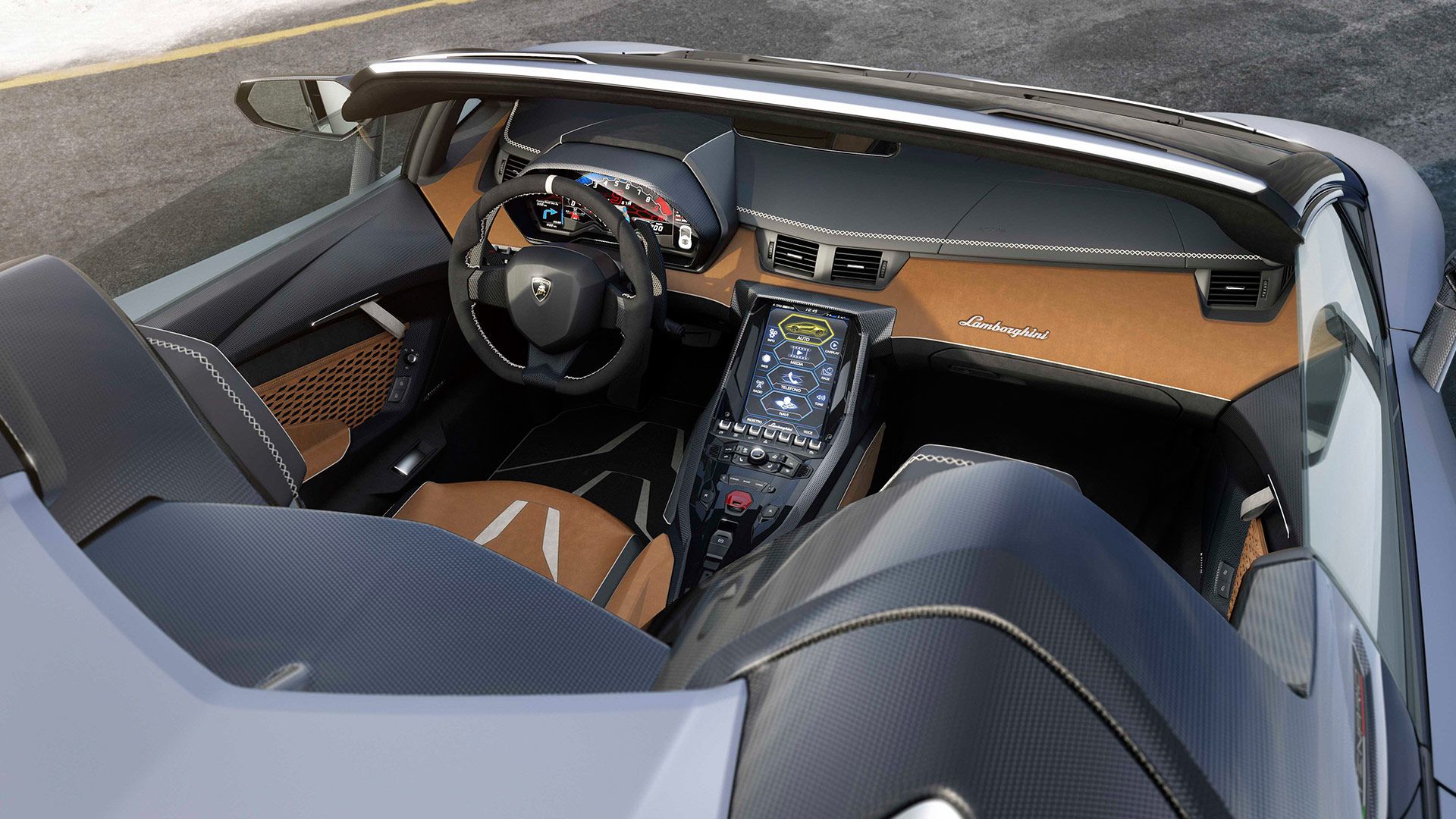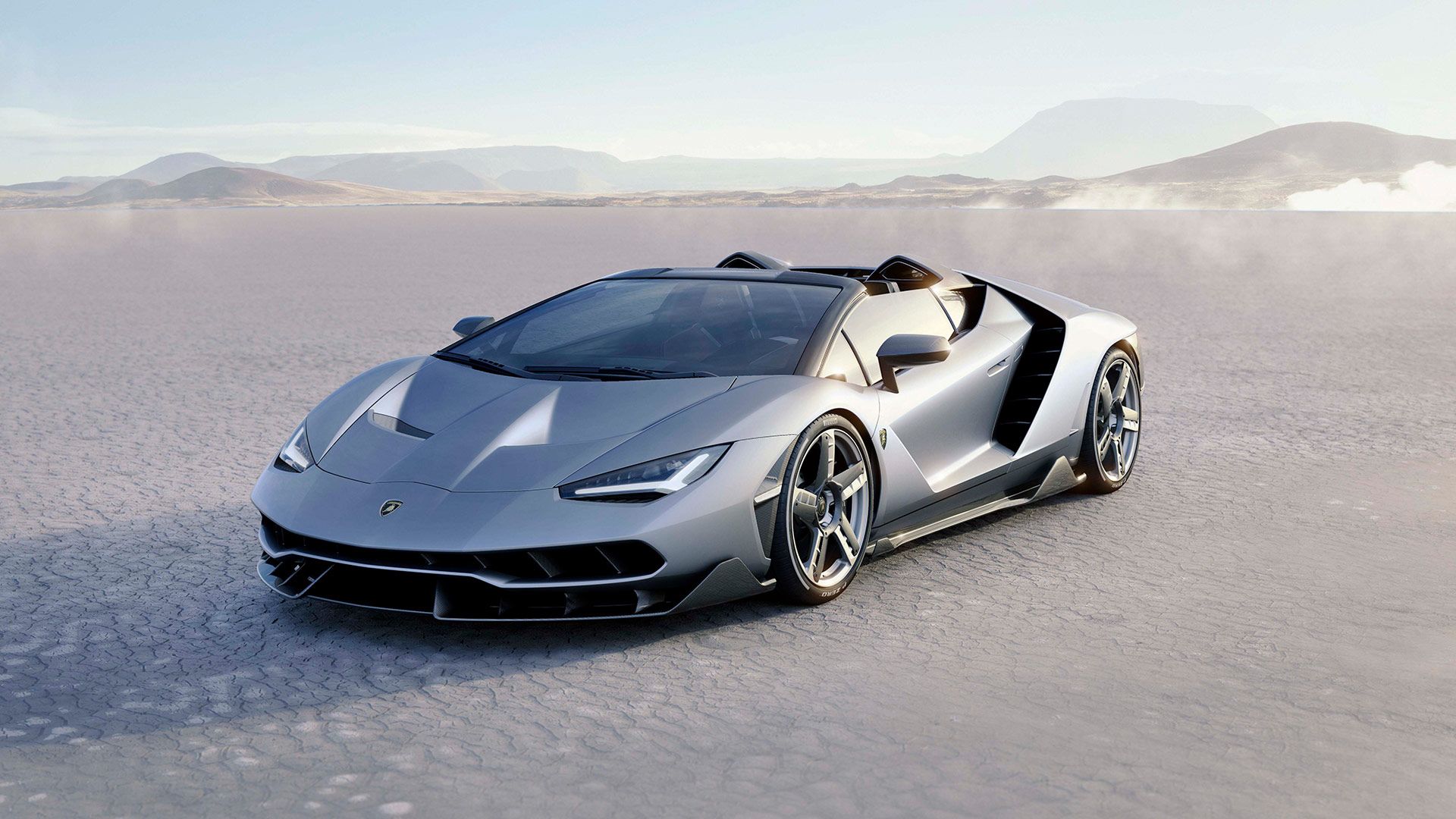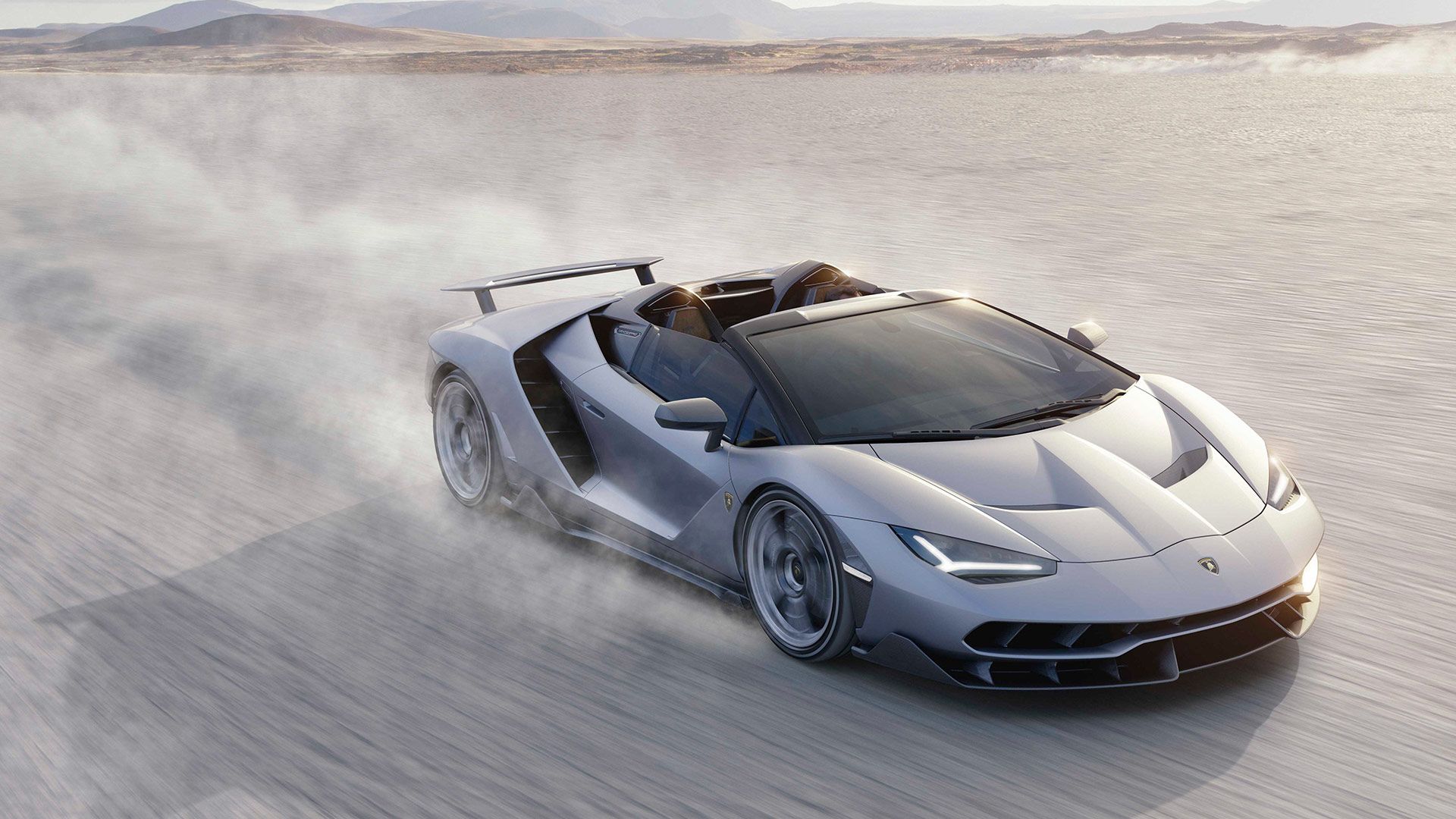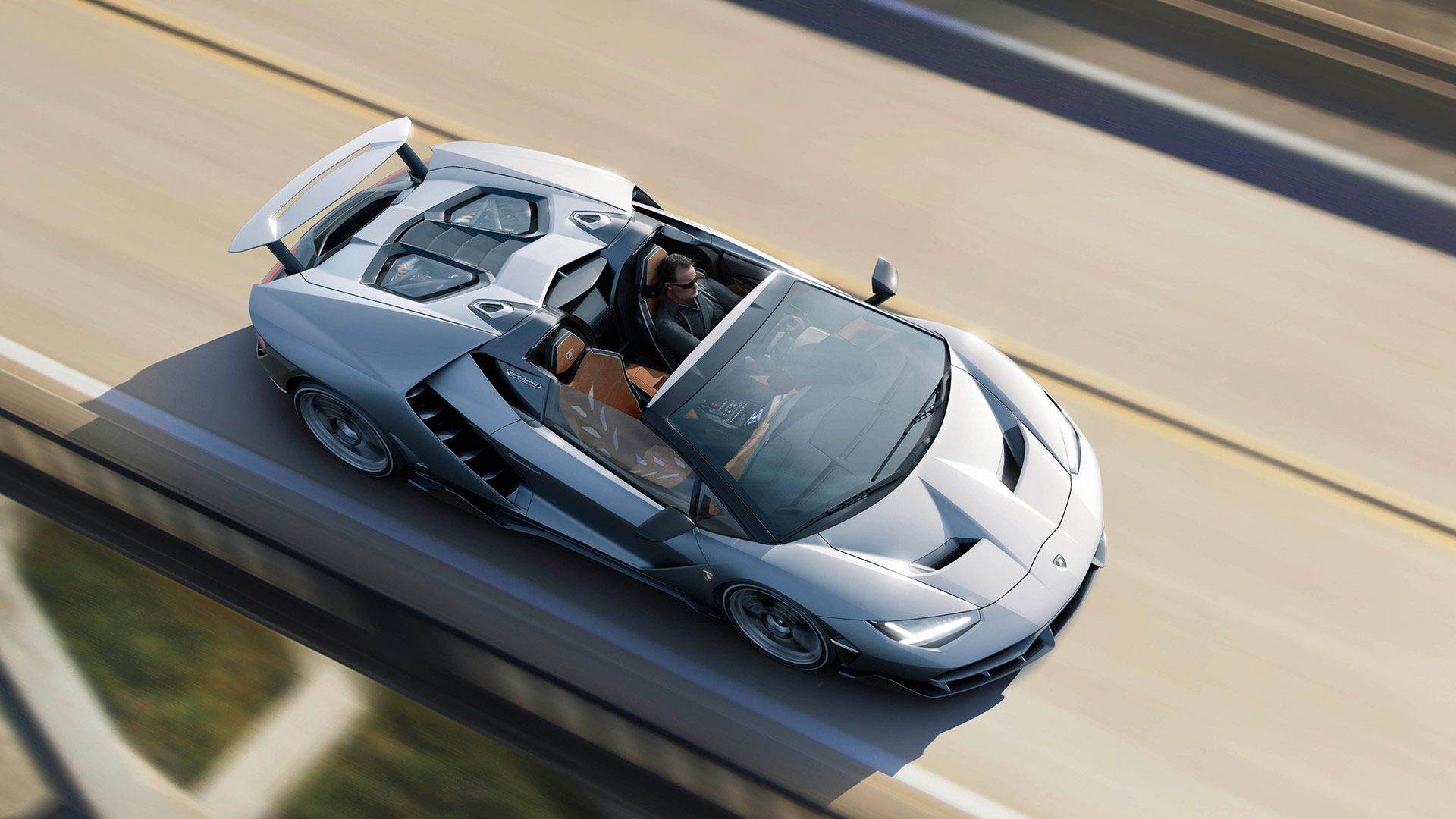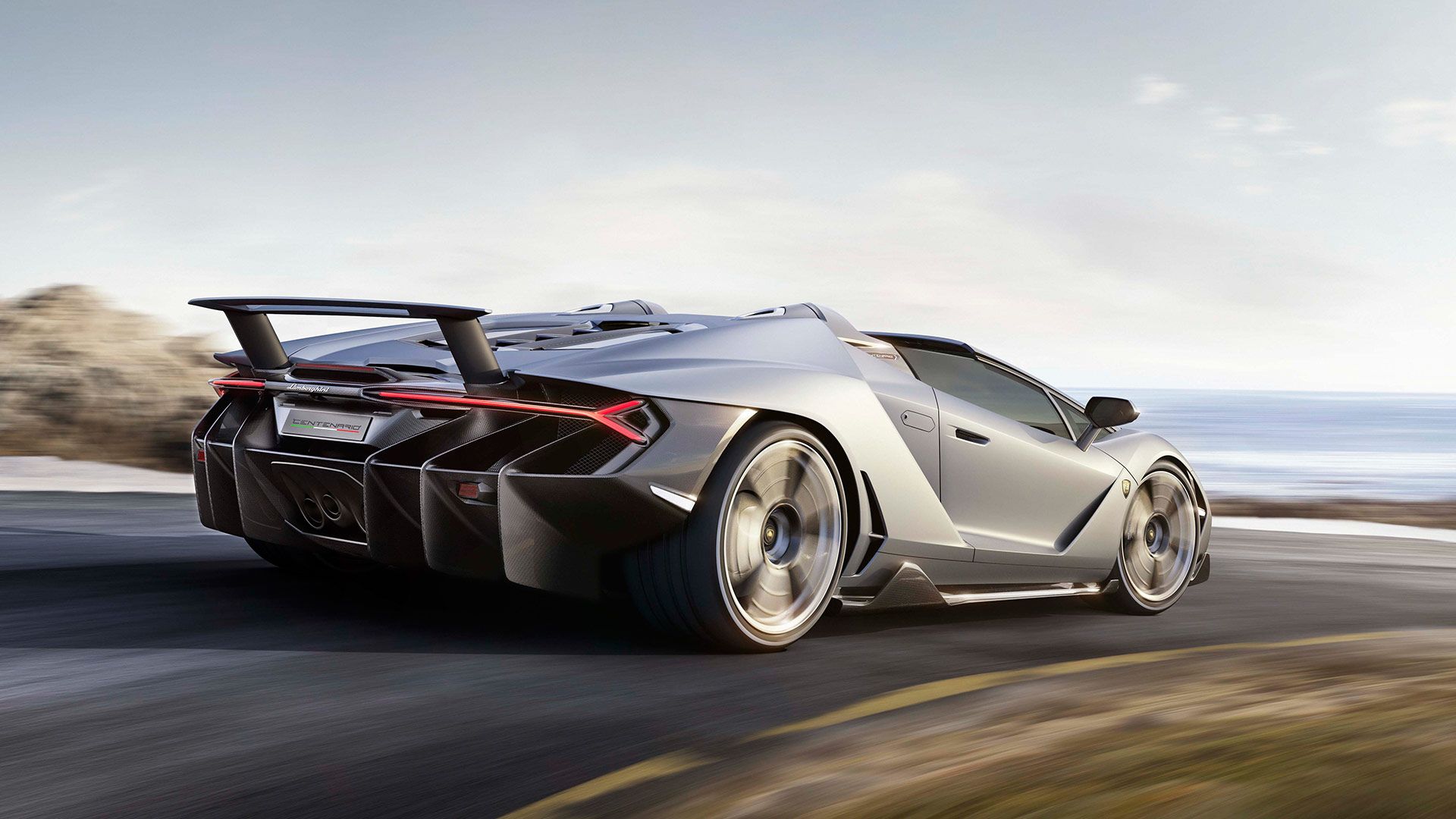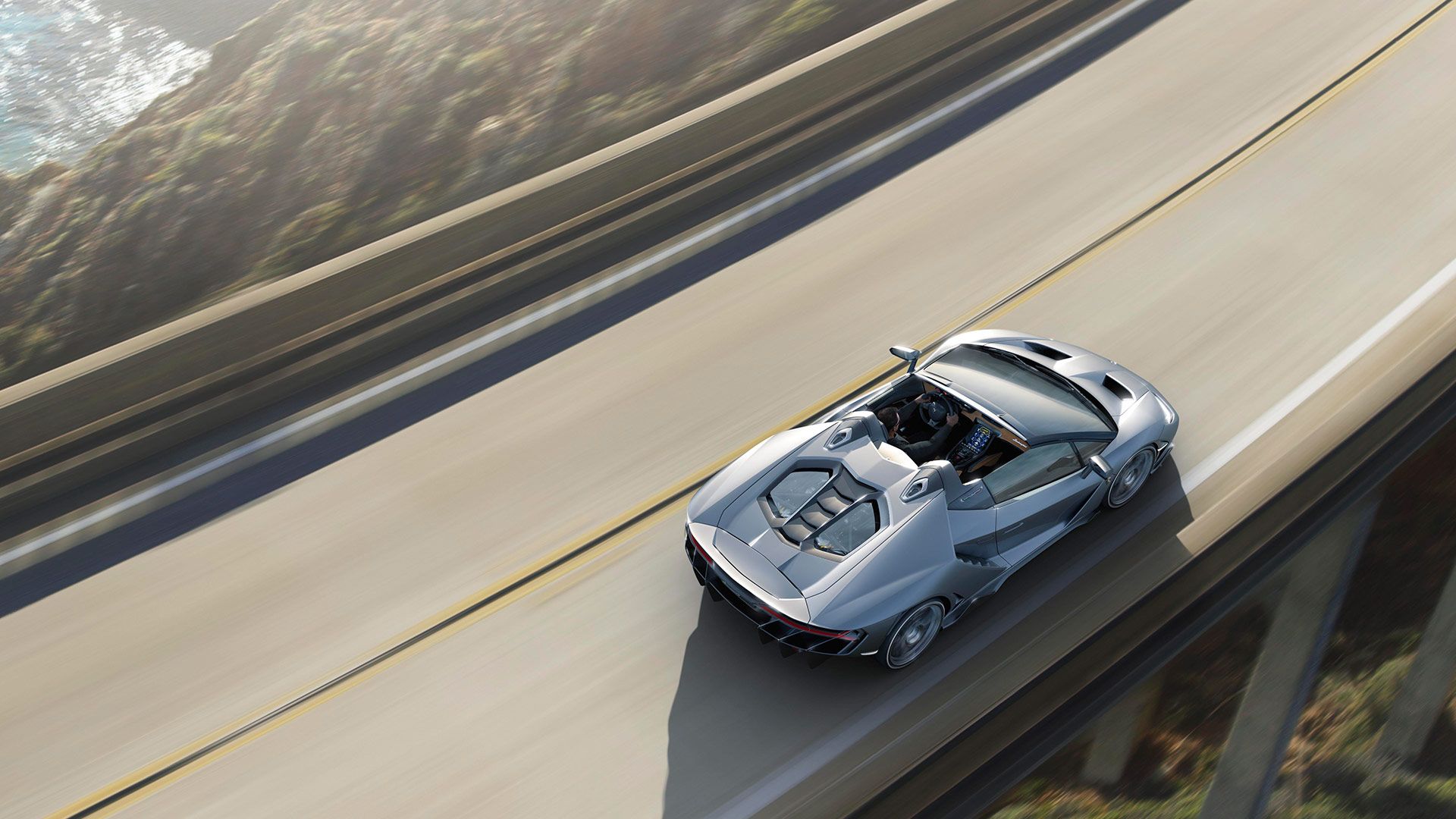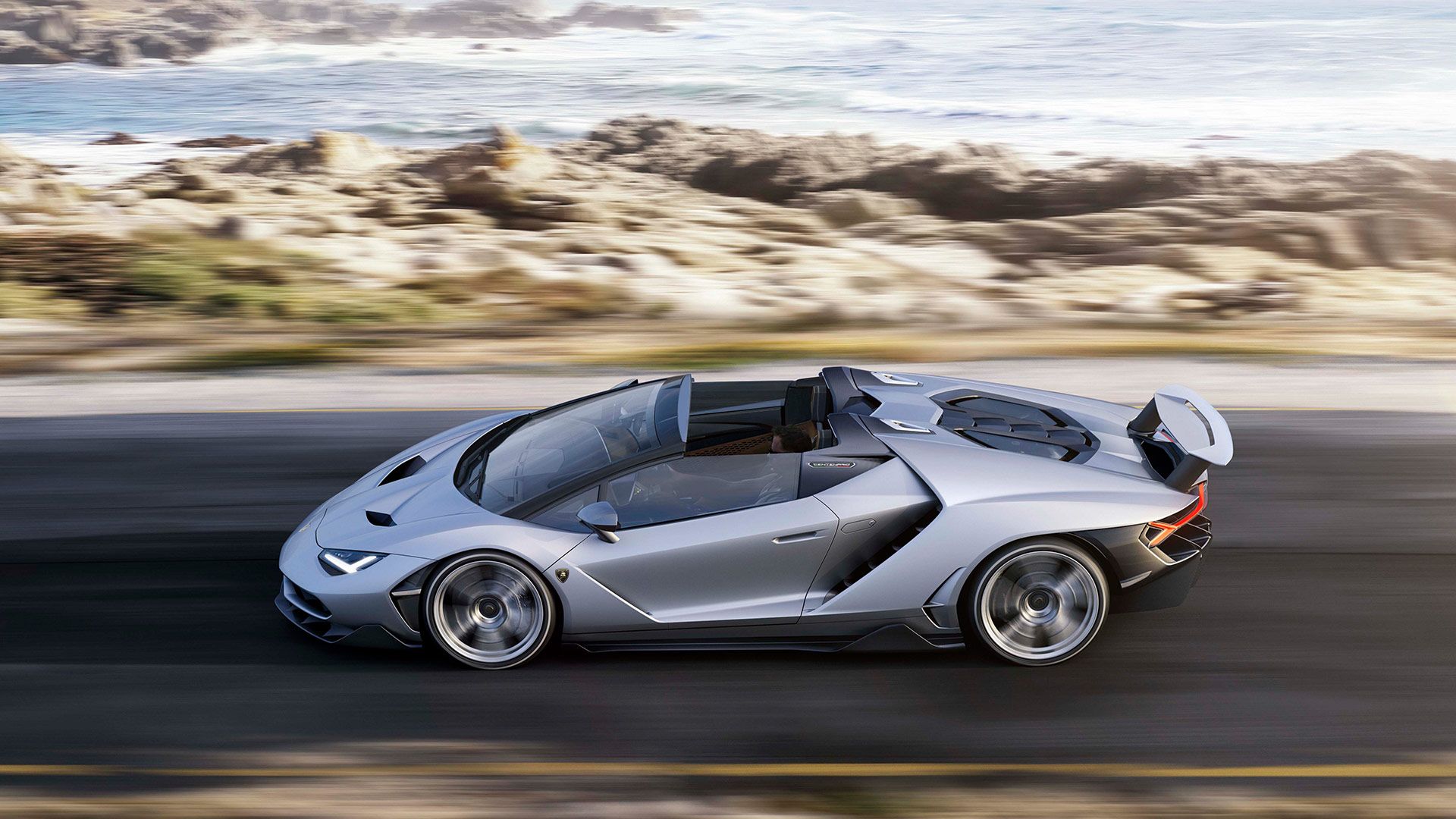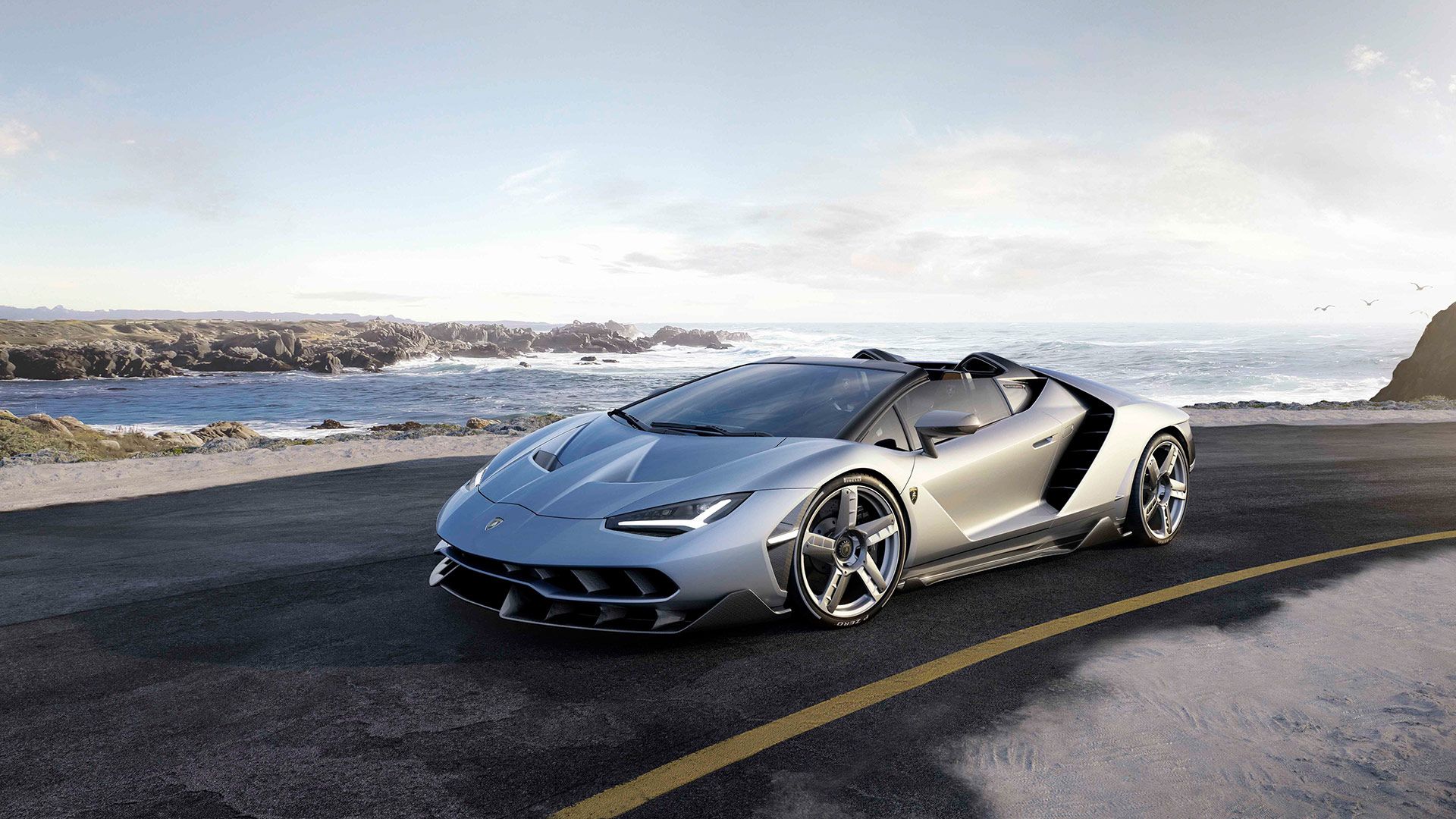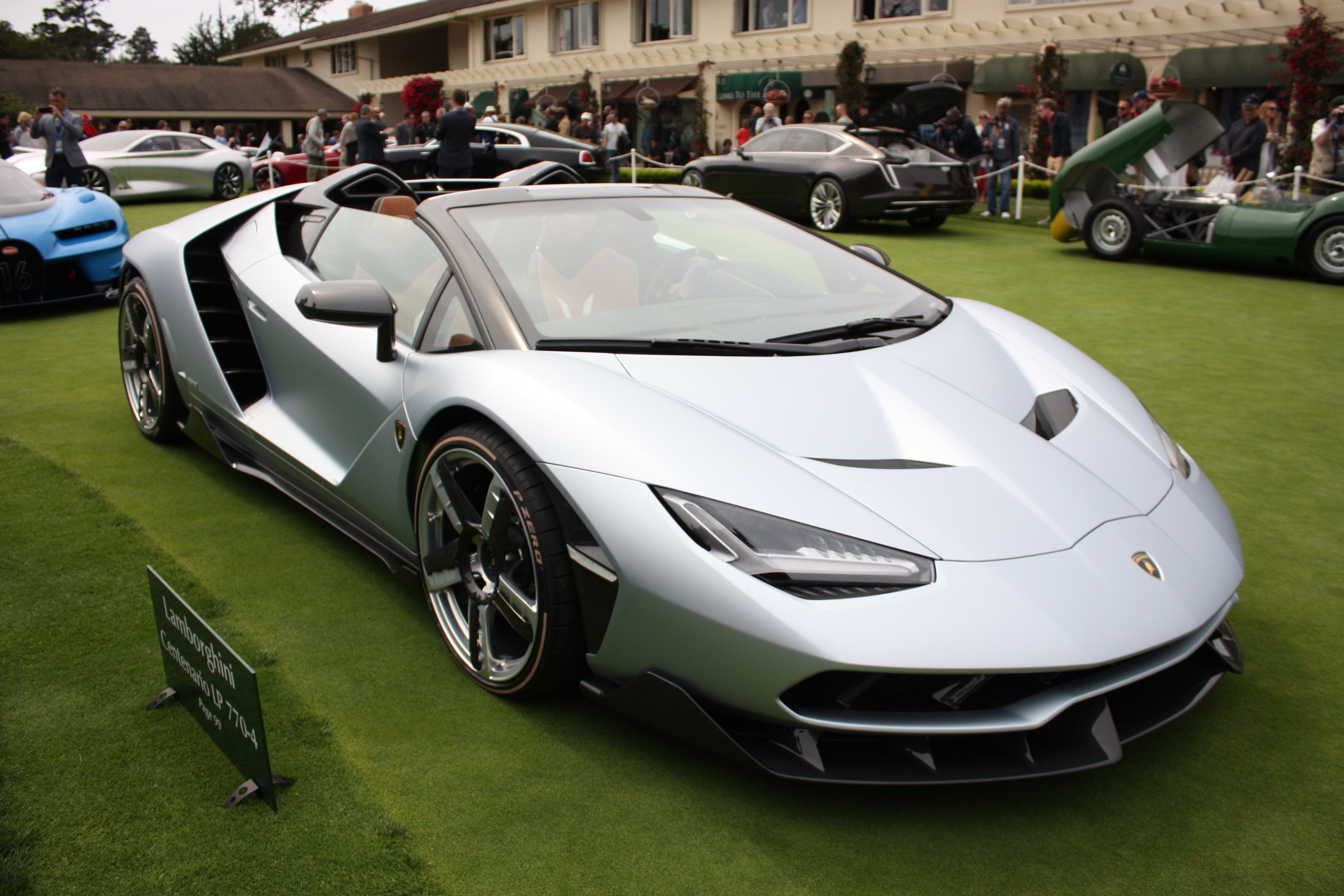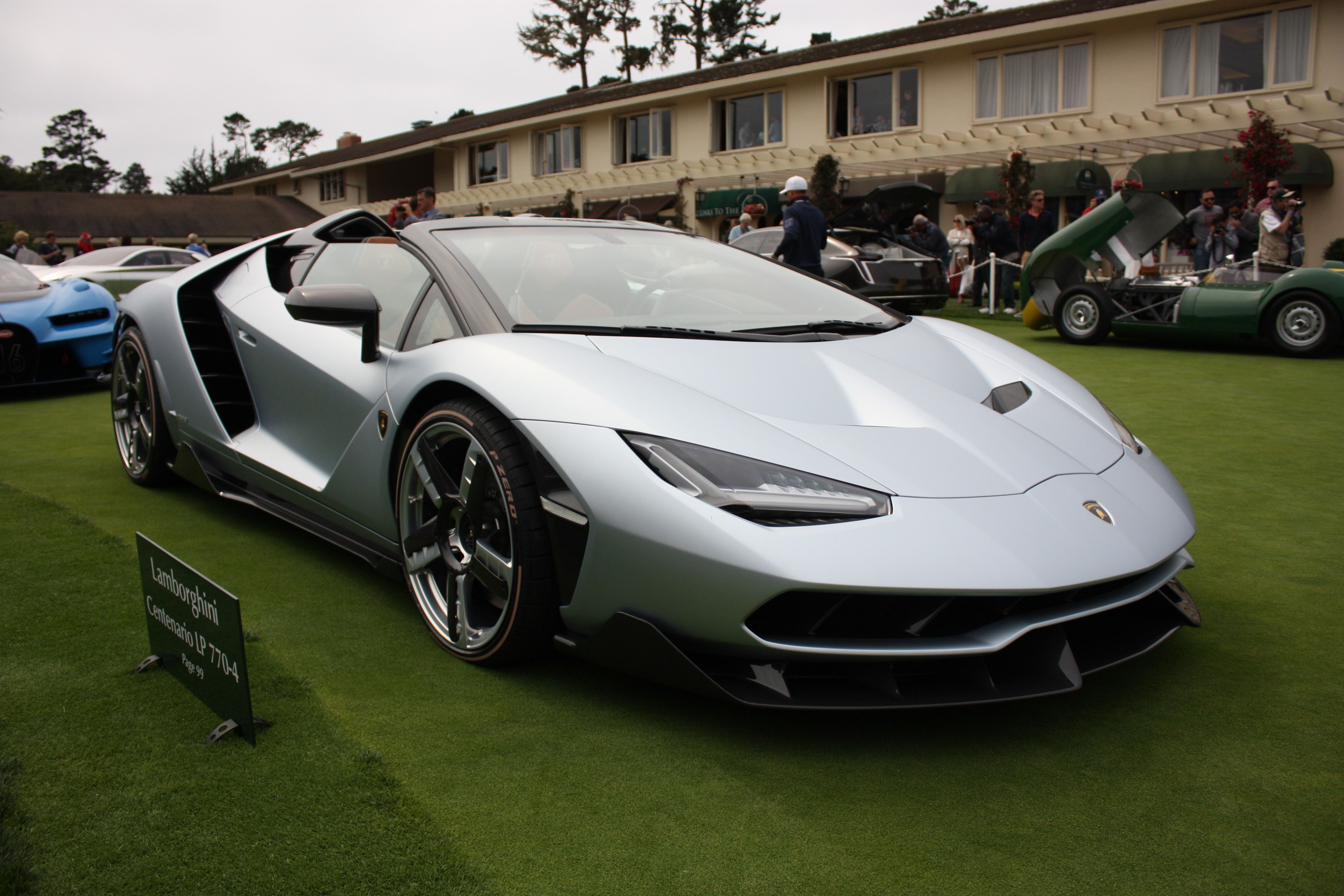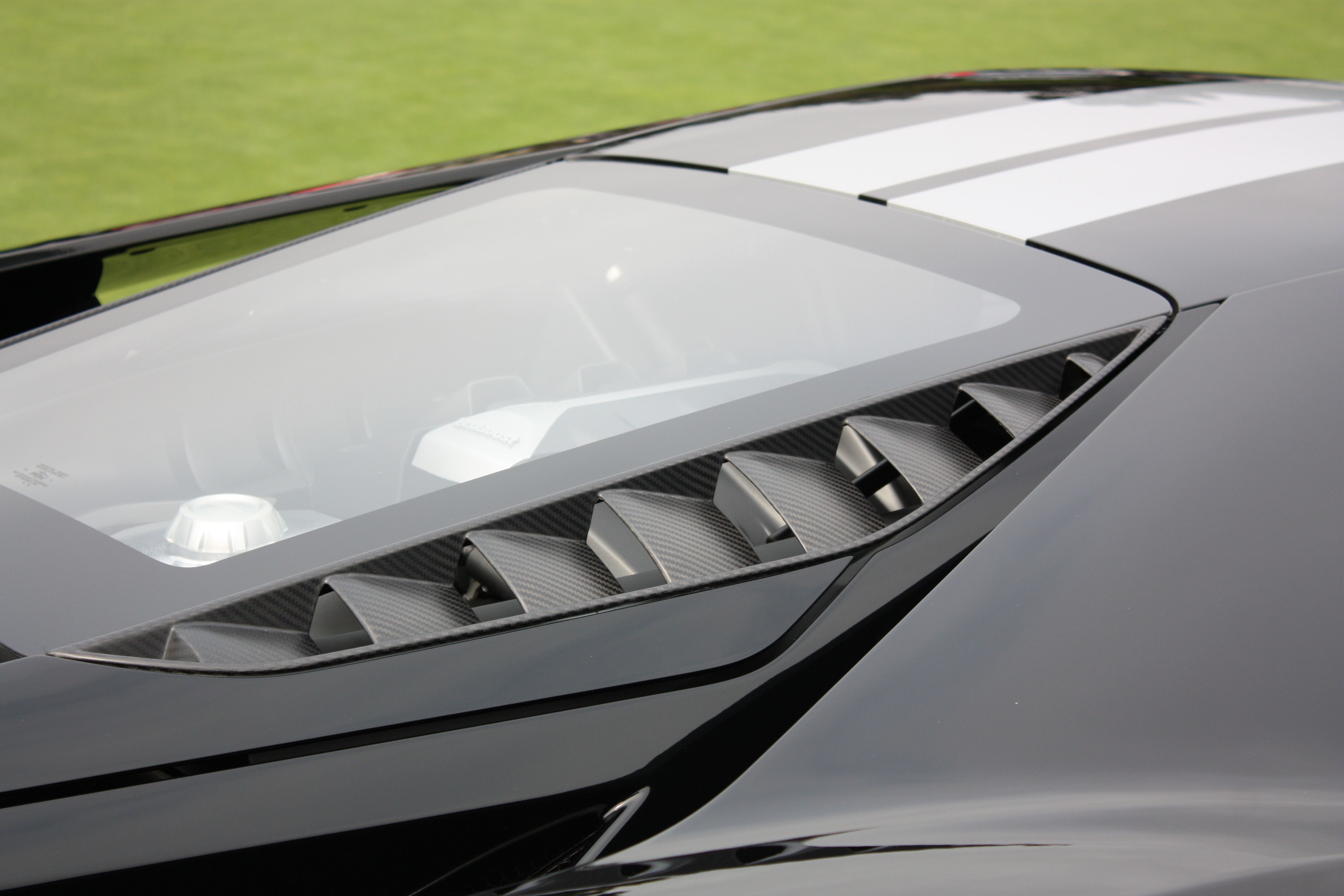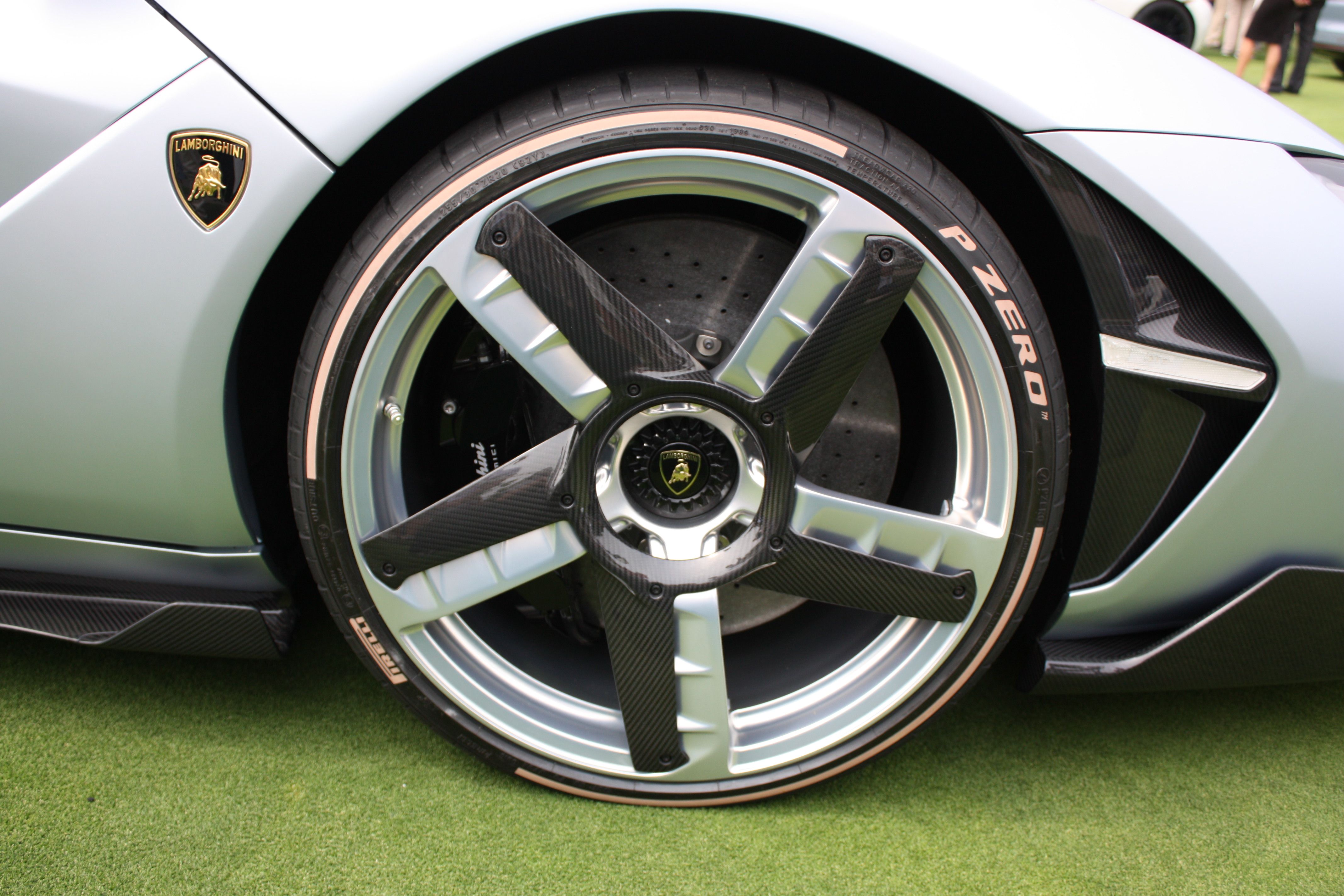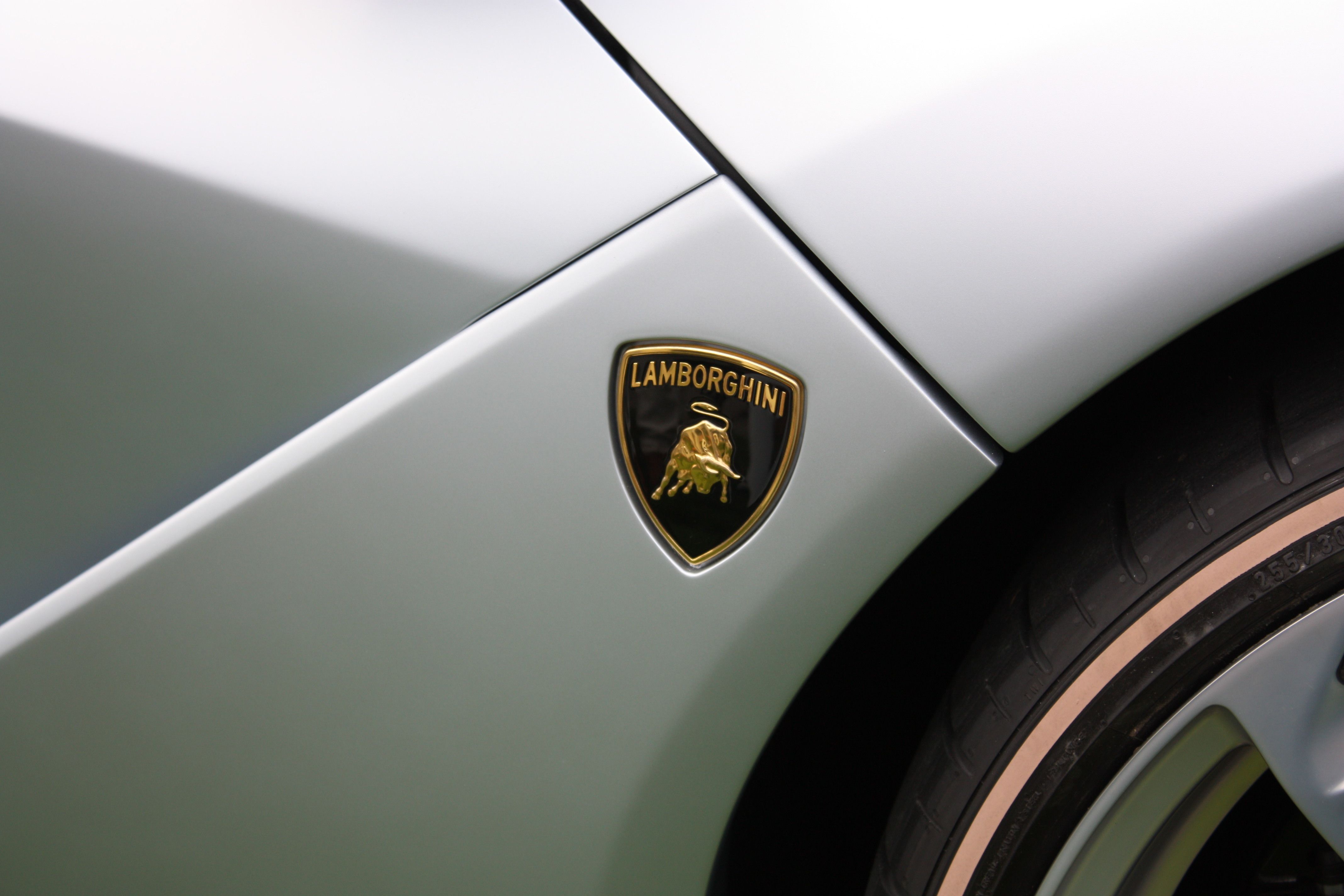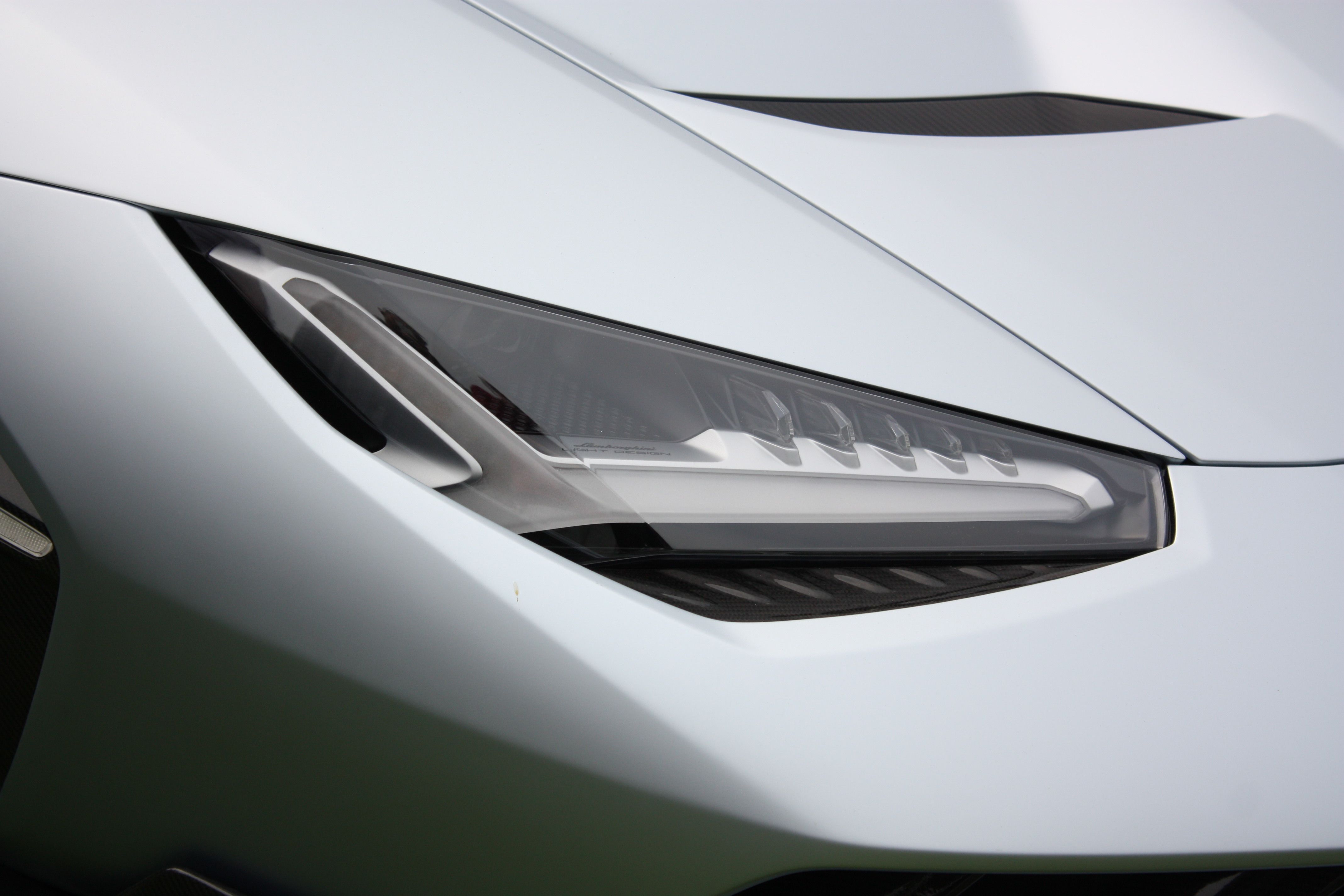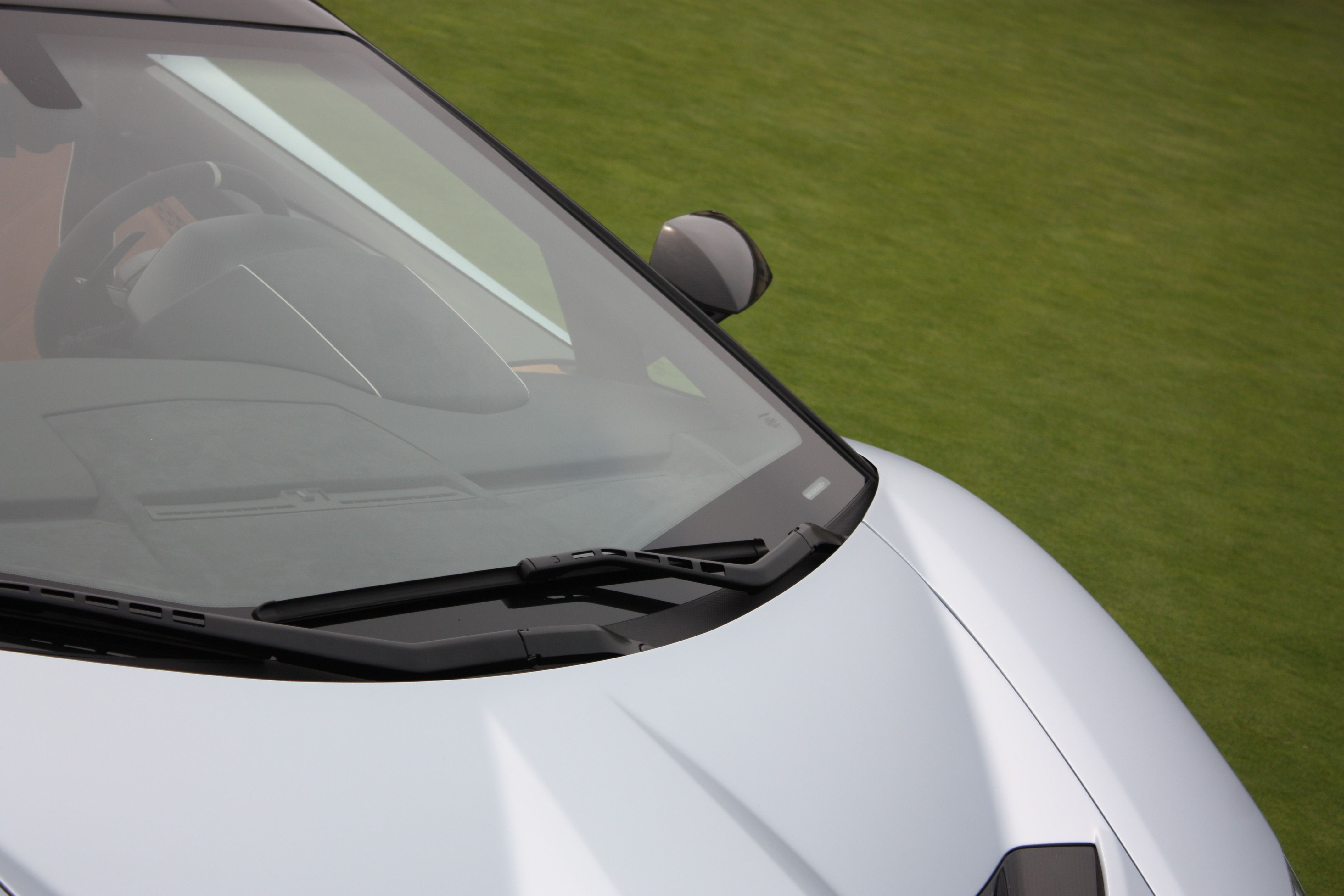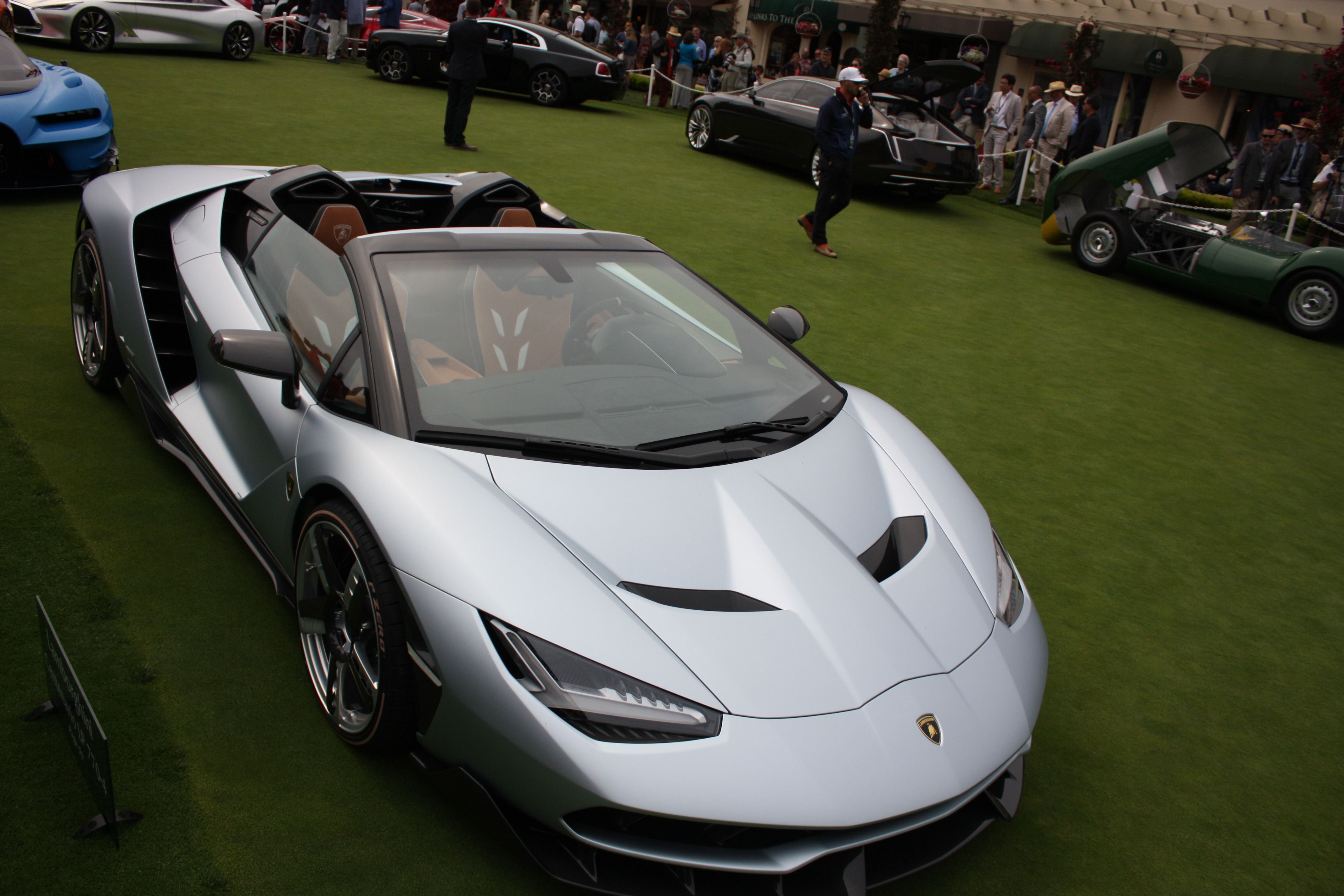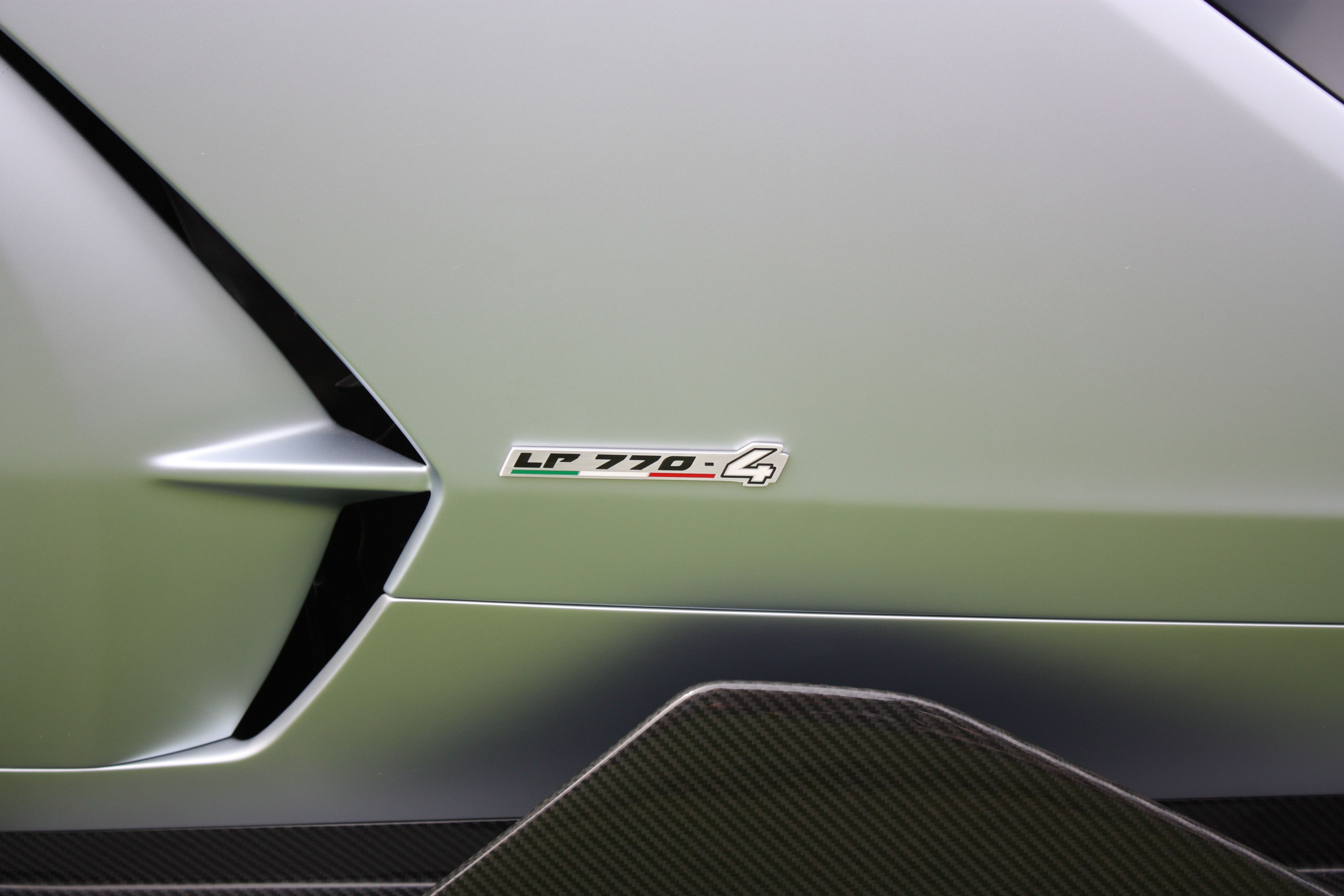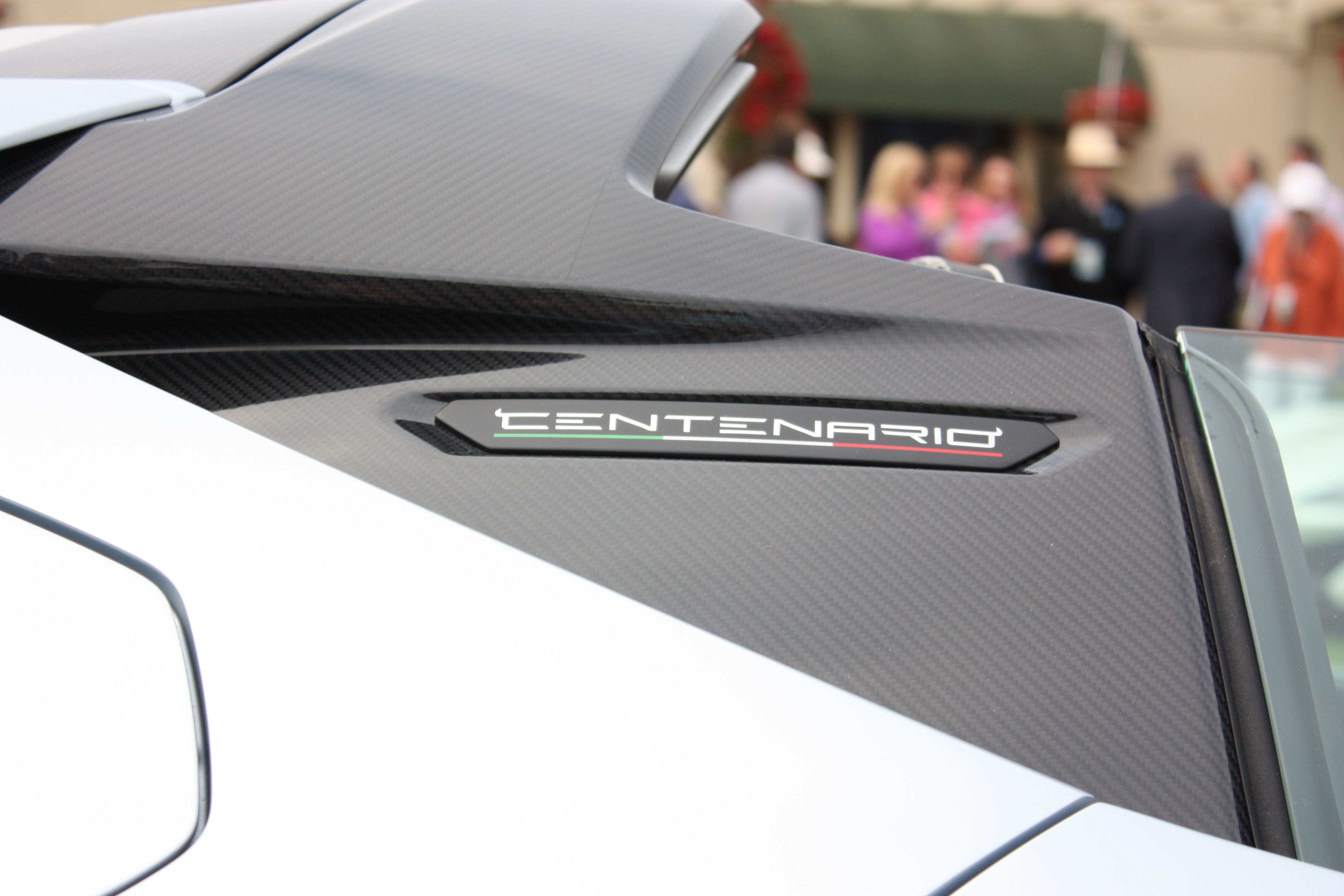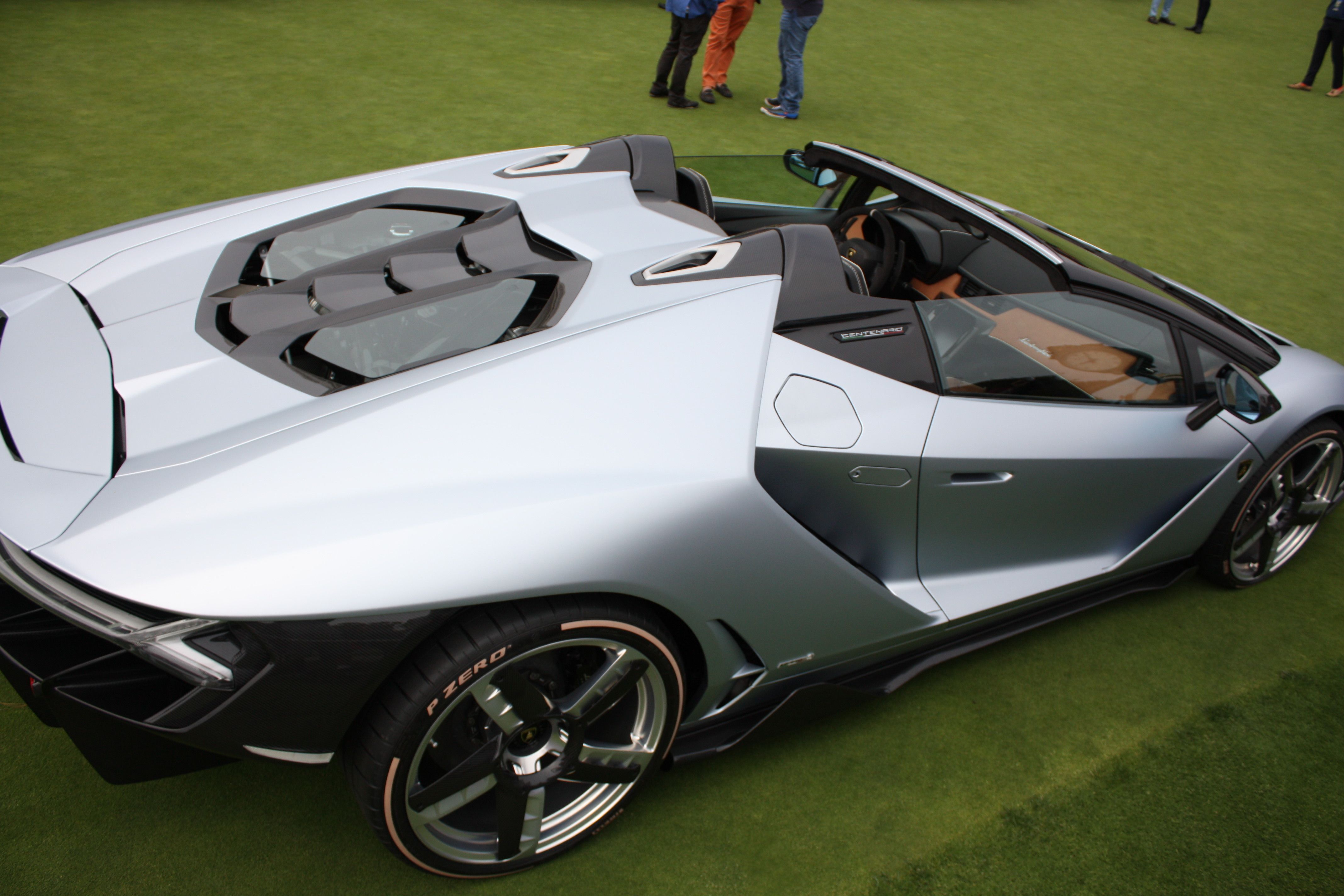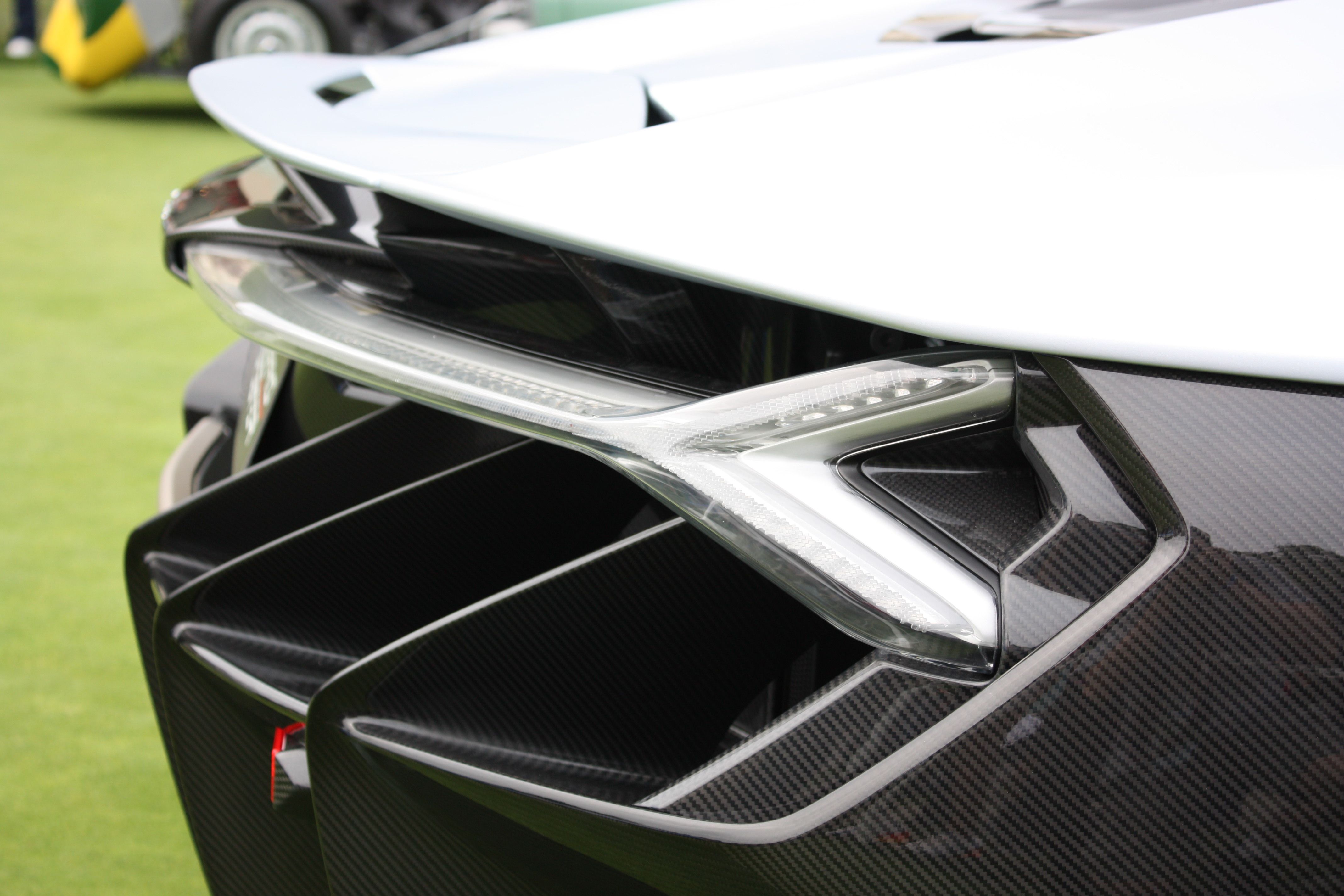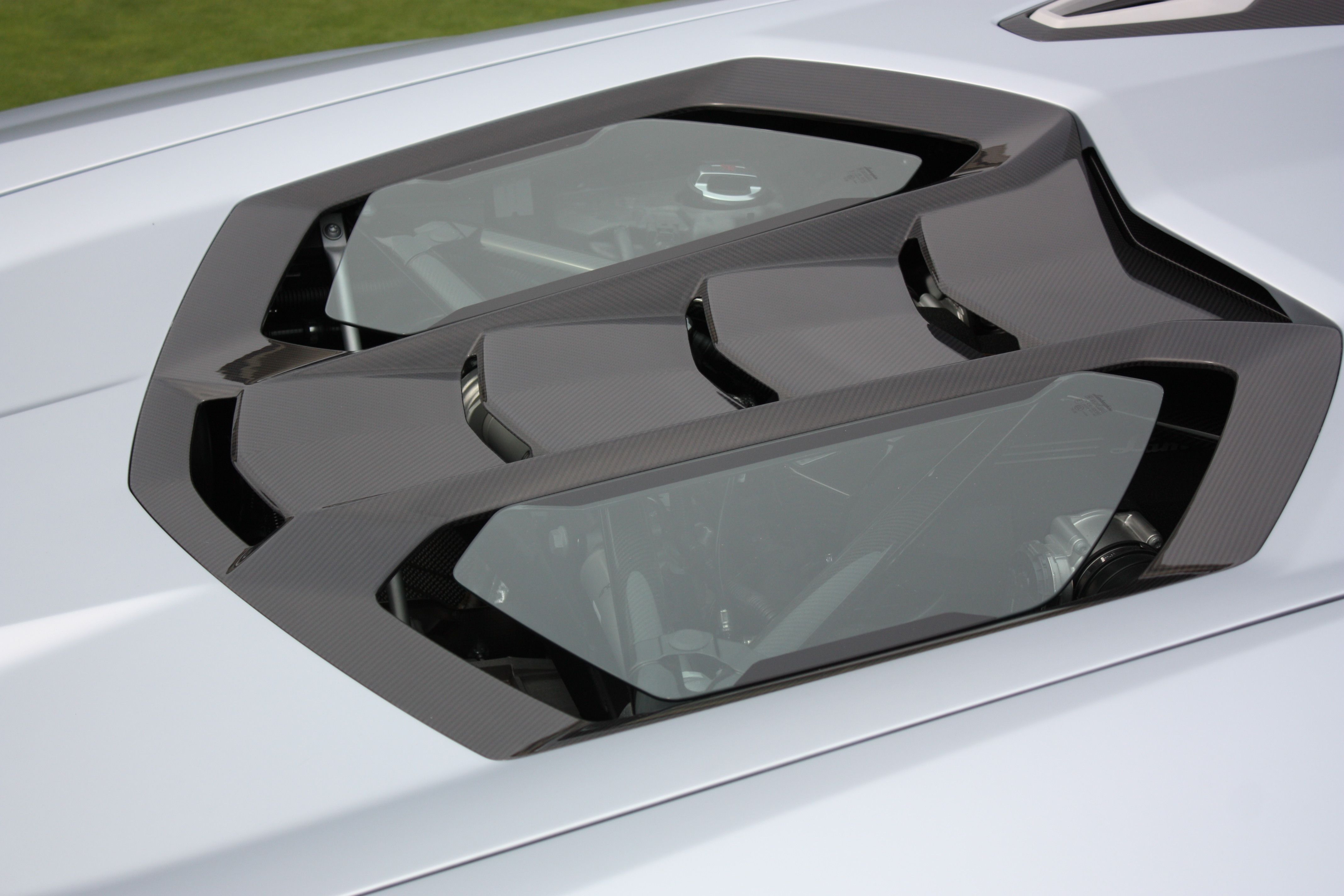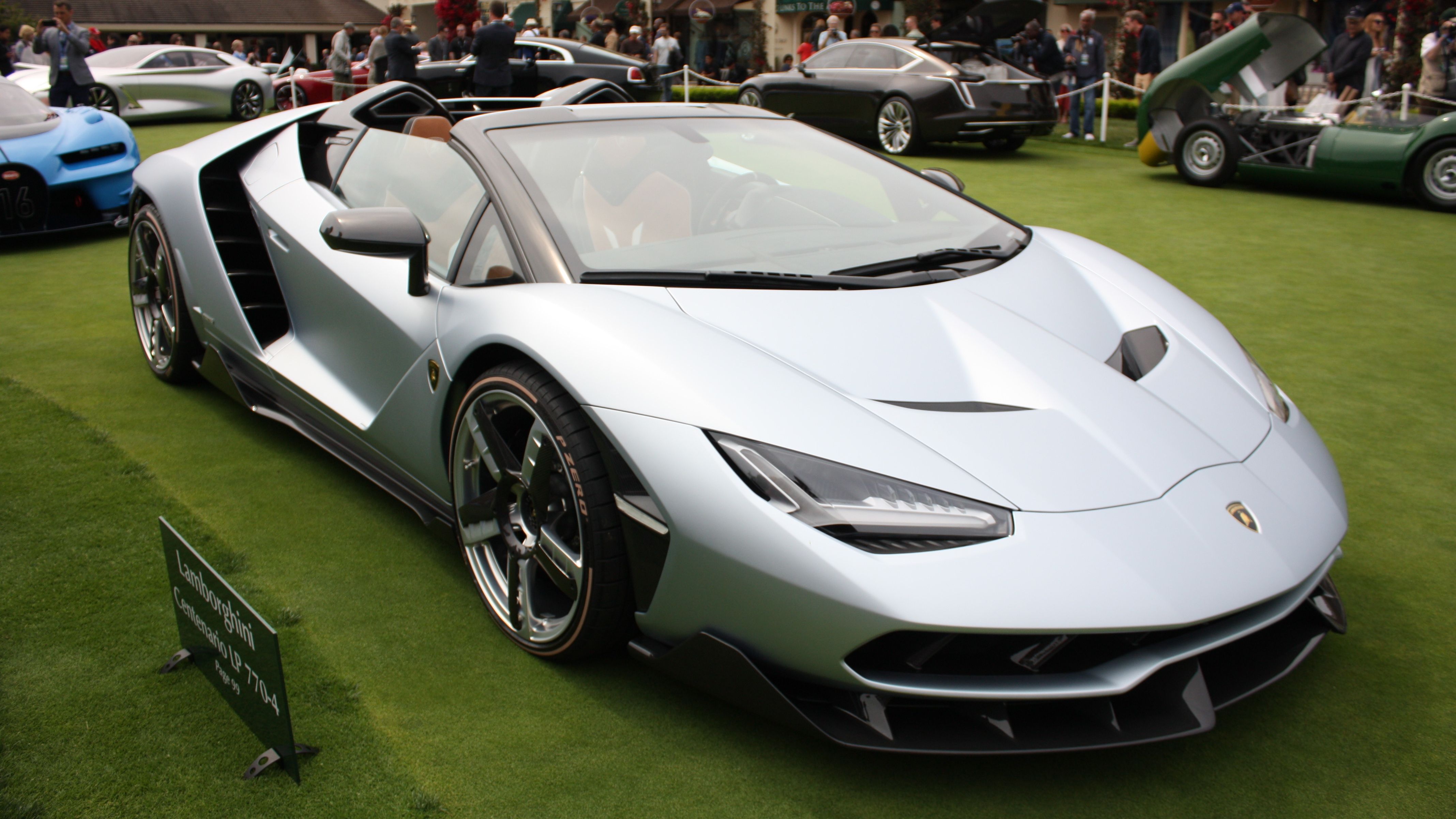When the Lamborghini Centenario debuted at the Geneva Auto Show as a tribute to honor the Ferruccio Lamborghini’s 100th birthday, there was one thing that was overshadowed by coupe’s debut. That was the fact Lambo also a Centenario Roadster in the works. What's more, the 20-unit production run was already sold out ahead of the auto show. Like the Coupe, it was likely shown to prospective buyers as a 3D hologram during Monterey Car Week in 2015.
When speaking of the Centenario in general, Lamborghini’s President and CEO, Stephan Winkelmann, said, “The Centenario is a car that perfectly combines tradition and innovation. It looks to the future while honoring the legend that is Ferruccio Lamborghini.” He continued, “The Centenario is an opportunity for our designers and engineers to transcend some of the constraints of series car production to achieve an incomparable result: the Centenario has immediately proved itself as a desirable collectors’ car, while demonstrating new Lamborghini technologies and outstanding performance. It is the most fitting tribute to Ferruccio Lamborghini in his centenary year: a man who created an exceptional brand believed that anything was possible, and produced extraordinary, iconic cars. The Centenario is a super sports car for Ferruccio Lamborghini and the future he and we believe in today.”
It took more than a year for the Centenario Roadster to make its debut, but now that Monterey Car Week is well underway, Lamborghini pulled the sheet from its newest roadster. So, with that said, let’s dive on in and take a look at the new Centenario Roadster.
Updated 08/22/2016: We added a series of new images taken during the car's official presentation and the 2016 Monterey Car Week in California. Check the picture gallery to see them all.
Continue reading to learn more about the Lamborghini Centenario Roadster.
2017 Lamborghini Centenario Roadster
- Make: Array
- Model: 2017 Lamborghini Centenario Roadster
- [do not use] Vehicle Model: Array
Exterior
Comparing our rendering to the official images of the Centenario Roadster exposes that we were pretty darn accurate with our predictions. Of course, it wasn’t that difficult, considering the roadster was expected to be nearly identical minus the roof, of course. Up front, the car still has the same aggressive front fascia and deeply vented hood that gives the car a “snarling” appearance. The headlight units are the same with identical LED strips along the bottom and outside edges. It looks like the contour of the windshield has been maintained, but without a roof, it’s really hard to tell from the angles we have here.
Moving to the sides, there isn’t really much in the way of change. It actually looks like the sharp body line on the door is more rounded here, but I have a feeling that is a visual trick thanks to that silver paint finish. The rear air intakes and side skirts are the same, but behind the door glass, there is a little bit of change. That upper vent is integrated into the protruding roll bars behind the seats, which is about the only difference we see this far outside of the overall paint scheme.
In the rear, there is more of the same. The same rear fascia, tall spoiler, and thin, arrow-shaped taillights carry over. From the look of things, the car doesn’t have a removable roof – it just doesn’t have a roof. There is nowhere in terms of storage space for it, and it’s not likely that it could fit behind the front seats. Of course, you wouldn’t take a Centenario Roadster out on a day where the weather is questionable anyway, so no big deal there.
Interior
I’ve been staring at the interior shot of this beast for about 10 minutes, and so far, I can’t make out any change whatsoever outside of the color of materials. Naturally, every customer is able to give their own specification for what they want inside, so each model will be different. As such, the Roadster receives the same standard features as the Coupe version. This means it has the same carbon fiber seats wrapped with Alcantara. You’ll also find Alcantara on the steering wheel, dash, door trim inserts, and the A-pillars. Where you don’t see Alcantara, you’ll see glossed-over carbon fiber. In the Coupe, all that Alcantara is held together by yellow stitching that matches the exterior accenting. With the roadster, each customer can choose a different contrast stitching.
The instrument cluster is the same full digital display found in the coupe, and let’s not forget to mention that it has the same, 10.1-inch touchscreen that dominates the center console. It offers smartphone integration via Apple CarPlay and Android Auto, and can record telemetry, speed, track times, and G-forces when driving. The working colors of the infotainment system are the same as seen on the Centenario Coupe. It was already a fine interior, so you can’t really hate on Lambo for keeping it the same outside of customer specification requests.
Drivetrain
Powering this beast is the same naturally aspirated, 6.5-liter, V-12 that powers the Centenario Coupe. It delivers 770 horsepower and allows the roadster to hit 62 mph in 2.9 seconds, which is just a tenth of a second slower than the coupe. That’s not bad when you consider the extra drag from the lack of a roof. Power is sent to all four wheels, and rear-wheel steering is standard equipment. With such a small drop in 0-to-60 mph time, the coupe should still be able to hit the 217-mph mark before hit tops out.
Prices
The Centenario Roadster is being produced in 20 examples, all of which have already been sold. The price for each one started out at $2.0 million before options, taxes, and delivery. As you can imagine, the car’s value will only go up with time, but don’t expect to see one going under the hammer any time soon.
Competition
Porsche 918 Spyder
Finding a competitor for the Lamborghini Centenario is pretty difficult given the nature of its purpose and the $1.9 million price tag. So, I looked to Porsche to find a competitor came up with the Porsche 918 Spyder. It might not be as expensive with a price tag that starts out at $845,000 for the base model here in the U.S., but it is a fairly limited production vehicle, with on 918 examples built. If lined up with a Centenario Roadster, the 918 Spyder will hold its own. Between the 4.6-liter V-8 and the two parallel electric motors, the 918 Spyder pumps out a total of 887 horsepower and 940 pound-feet of torque. All that power is routed to the ground via a seven-speed PDK automated manual transmission.
In base form, the 918 Spyder can hit 62 mph in 2.8 seconds and 186 mph in 23 seconds, which is pretty much identical to the Centenario. Top speed, sits at 211 mph, so the Centenario will eventually overtake it in the long run. When equipped with the Wsessach Package, (an extra $84,000 on the price tag) the 918 Spyder can hit 60 mph in 2.6 seconds and 186 mph in 19.9 seconds, which is actually a bit better than the Centenario.
Read our full review on the Porsche 918 Spyder here.
Conclusion
Well now that we’ve seen the Centenario Roadster, I can’t really say I’m surprised that there is almost no difference between it and the coupe. With all 20 models already spoken for, we probably won’t hear much about the Centenario for a while, but we still have plenty of images to look at. I still think it’s just another one of those cars that was made as a money grabber. The Centenario was obviously snatched up by Lambo enthusiasts quickly, and Lambo knew it could pull even more out of a limited-edition roadster. Such is life, though, and for the few wealthy individuals who are lucky enough to own one, I’m sure they will be quite happy when their prize gets officially parked in their garage. I can’t lie – I would probably buy one if I had an extra $2.3 million (after taxes etc) sitting around.


